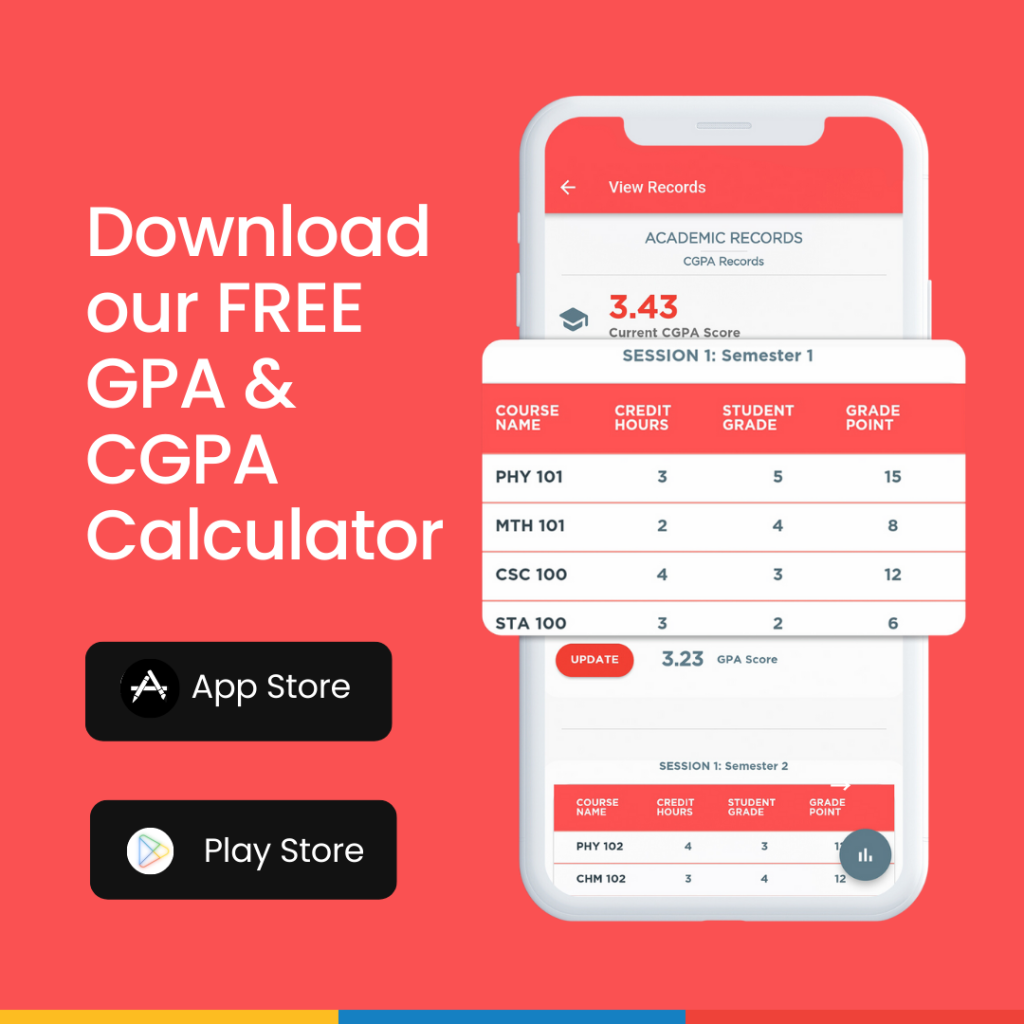As a student planning to apply to colleges or universities abroad, you may face the challenge of translating your local GPA into the grading scale used in your target country. This conversion process can be confusing, especially when dealing with different grading systems and academic cultures. In this blog post, we’ll guide you through the process of converting your GPA for international applications. We will also ffer tips on how to present your academic achievements in the best light.
READ: Guide to understanding GPA
Understanding Different Grading Scales
Grading scales can vary significantly from one country to another. Some countries use a percentage-based system, while others use letter grades, points, or even a combination of methods. The most commonly used grading scales are:
4.0 Scale
This scale is widely used in the United States and Canada. It assigns grade points to letter grades (A, B, C, D, and F) and calculates a cumulative GPA based on the average of these points.
5.0 Scale
Some institutions in the US also use a 5.0 scale, particularly for weighted GPAs that account for advanced coursework.
100-Point Scale
This percentage-based system is popular in many countries, including India, China, and parts of Europe. Students receive a percentage score for each subject, and the overall average is calculated.
10-Point Scale
Some countries, such as Germany and the Netherlands, use a 10-point scale. On this scale, 10 is the highest achievable score and 1 is the lowest.
GPA Conversion Process
To convert your GPA for international applications, you’ll need to follow these steps:
Research the grading scale of your target country
Familiarize yourself with the grading system used in the country where you plan to apply. Understand how it differs from your local grading scale and identify any similarities that can simplify the conversion process.
Obtain your academic records
Request a copy of your transcripts or academic records. This should include a detailed breakdown of your grades, courses, and credits earned.
Calculate your local GPA
If your school doesn’t provide a cumulative GPA, calculate it based on your local grading scale. Ensure you’re using the correct method for weighted or unweighted GPAs, if applicable.

Convert your grades
Use a conversion tool or chart to translate your local grades into the grading scale used in your target country. Several online resources, such as WES (World Education Services) or ECE (Educational Credential Evaluators), offer free GPA conversion tools or guidelines for various countries.
Calculate your converted GPA
Once you’ve translated your individual grades, calculate your cumulative GPA based on the target country’s grading scale.
Verify the conversion
If you’re unsure about the accuracy of your converted GPA, consider consulting an educational consultant, a credential evaluation service, or the international admissions office of your target institution for guidance.
Tips for Presenting Your Converted GPA
Be transparent: When submitting your international application, provide both your local and converted GPAs. Include a clear explanation of the conversion process you followed, along with any relevant documentation, such as conversion charts or guidelines.
Provide context
Include information about your local grading scale, the average grades in your school or country, and any additional context that can help admissions officers better understand your academic performance.
Highlight your achievements
If your GPA conversion doesn’t fully capture your academic success, emphasize other accomplishments, such as awards, honors, or high standardized test scores, to strengthen your application.
Showcase your strengths
In addition to your GPA, highlight your strengths in other areas, such as extracurricular activities, leadership experiences, and community involvement, to present a well-rounded application to your target institution.
Write a compelling personal statement
Your personal statement is an opportunity to provide further context for your academic achievements and demonstrate your passion, motivation, and unique qualities. Use it to explain any discrepancies in your GPA or to showcase your resilience and commitment to learning.
Seek strong letters of recommendation
Letters of recommendation from teachers, mentors, or supervisors can offer additional insights into your academic abilities, work ethic, and personal qualities. Choose individuals who know you well and can speak to your strengths and achievements.
Consult with experts
Reach out to educational consultants, credential evaluation services, or the international admissions office of your target institution for guidance on presenting your converted GPA in the best possible light.
Conclusion
Navigating the GPA conversion process for international applications can be complex, but with careful research, attention to detail, and a commitment to transparency, you can successfully translate your GPA and present your academic achievements in a way that resonates with admissions officers.
Remember, your GPA is just one component of your application, and colleges and universities will consider other factors, such as standardized test scores, extracurricular activities, and personal essays, when evaluating your candidacy. By focusing on presenting a well-rounded application that showcases your unique qualities and strengths, you’ll be well-positioned to succeed in the competitive world of international college admissions.


